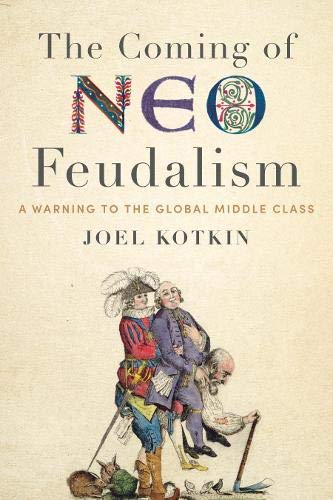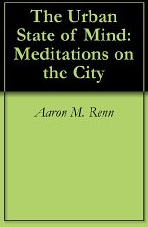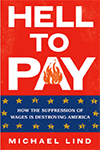A recent blog post by investor and stand-up comedian James Altucher (mentioned here) arguing that New York is dead forever attracted the hostility of many New Yorkers. Fellow comedian Jerry Seinfeld wrote a New York Times op-ed calling Altucher a “whimpering putz.” Mayor De Blasio, naturally, agrees with Seinfeld. read more »
Urban Issues
Dwellings in Decline as Demographics Drive Demand
Rarely has the question of where, why and how people will live, work and play been so important, as the impact of COVID-19 begins to transform the demand and supply equation across the Australian property market. read more »
- Login to post comments
COVID-19 and Walking: The Great Equalizer
Walking has been having a moment for a while now. Books and research have been proliferating about the joys and benefits of walking, which include cultural exchange, spiritual enlightenment, and cognitive and creative benefits. read more »
- Login to post comments
Lazaretto Dining
Last week a friend asked me for help in his back garden. This is the first time he’s owned a proper home rather than a condo and he’s not sure how to manage the yard. We’re in a part of the world where it doesn’t rain for most of the year and hand watering gets old fast. I brought over samples of the irrigation tubes and drip emitters I like to use and walked him through the installation process. read more »
- Login to post comments
Is it About Black Lives or Is It About Power?
In 2012 I started my career as a structural engineer in the industrial suburbs of Johannesburg. This was my first job after completing my studies and the only rent that I could afford was a granny flat in the backyard of a property that belonged to an old Zimbabwean couple named Archie and Gayle. They were by then in their late 70s and they were still working to earn a living. read more »
- Login to post comments
The Great American Land Rush of 2020
The Great American Land Rush of 2020 is underway in many metro areas across the country. Large numbers of American workers are untethered from a central office. As a result many are moving to less dense areas with less expensive land (and homes) and more of both. The greater New York City and Los Angeles metros are the hardest hit. Take NYC where single-family residential land per acre is 24 times as expensive in the densest quintile of zip codes as compared to the least dense quintile ($3.06 million vs. $129,000). read more »
- Login to post comments
Reform, Not Defunding
Protests have spread across the United States for months now, along with calls for defunding local police departments. But the movement to defund police has a crucial flaw: the policy that it seeks would harm the minority communities whom the protesters claim to care about. Moreover, those communities don’t even agree with it. read more »
- Login to post comments
Three Things Trump is Getting Right and Democrats Ignored
Right on cue, the country’s dominant political and media voices, after wildly applauding Joe Biden and Kamala Harris, have responded to Donald Trump’s week in the spotlight with laughter, derision and anger for its supposed amateurism, lack of star power, and racism. read more »
- Login to post comments
Japan Prefectures: COVID-19 Fatality Rates and Urban Densities
Japan has done remarkably well in controlling the Covid-19 virus. The nation’s death rate per million population at 0.9, is very low by international standards and the lowest among the G-7 nations. Yet there are significant variations among the prefectures — as elsewhere — by urban densities. read more »
- Login to post comments
The Rust Belt's Strange Demographics
Many Heartland cities continue to suffer the after effects of deindustrialization. One of them is South Bend, Indiana, the former mid-sized automobile manufacturing center home to the now defunct Studebaker. read more »
- Login to post comments






















